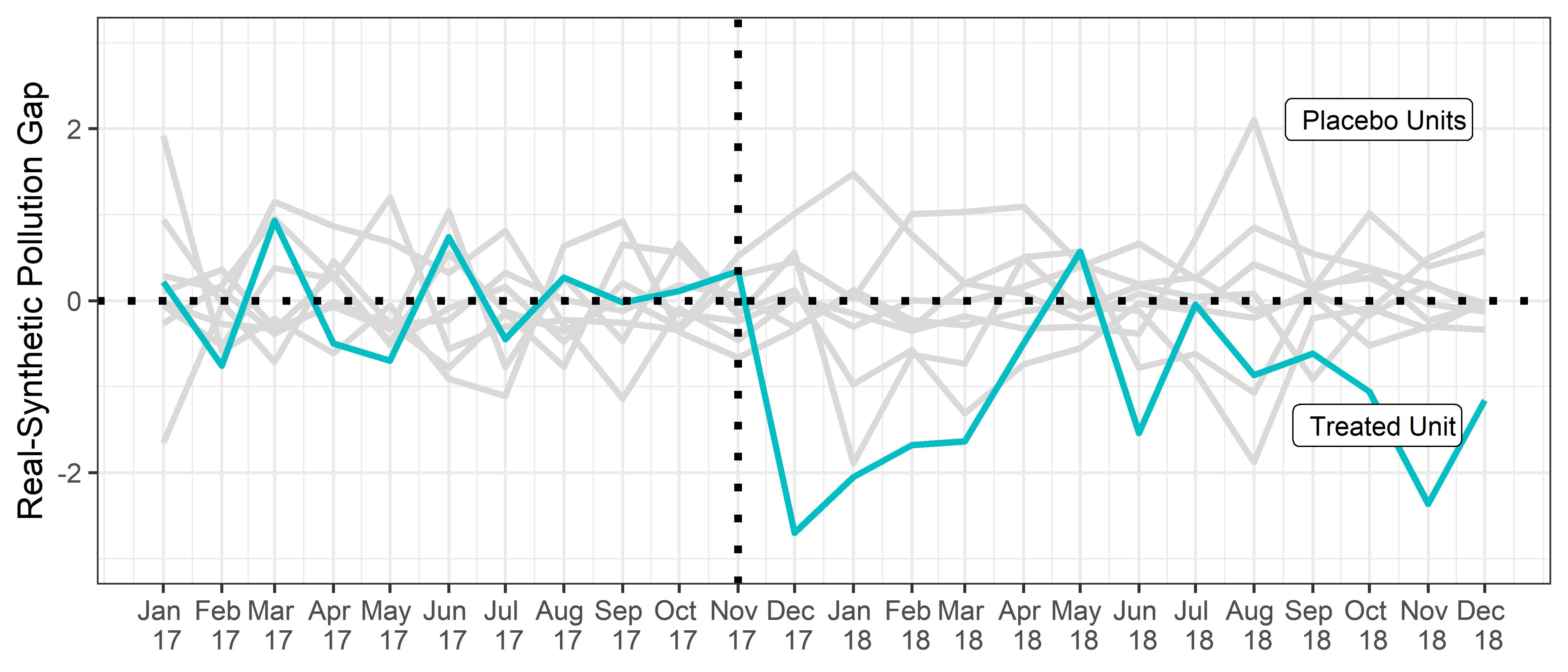Publication Page Pre-print Online Appendix
Abstract
Can network administrative organizations (NAOs) improve networks’ ability to solve complex social and environmental problems? This is a classical question in collaborative governance. The public management literature examines collaborative outcomes at either the organization or the entire network level, but has not addressed “edge level” outcomes to evaluate structured interactions among network actors. Therefore, we investigate outcomes in an inter-jurisdictional area that reflect collaborative efforts between local governments. Recently, Guangdong Province in China enacted the River Chief System, an institutional reform that mandates the provincial government to establish a NAO to coordinate inter-city rivers’ management. To assess how well the reform has worked to reduce pollution, we employ the synthetic control method using monthly water quality data from 14 river monitoring sites in two neighboring cities. Our results indicate that the reform reduced the inter-jurisdictional river sites’ pollution level effectively by 36% in the following year. This preliminary finding contributes to the collaborative governance theory and provides new evidence on whether the NAO model improves the shared outcomes between local governments.
Figure 5: Pollution Index Gaps in the Actual Treated Unit and Placebo Pollution Index Gaps in Control Units
